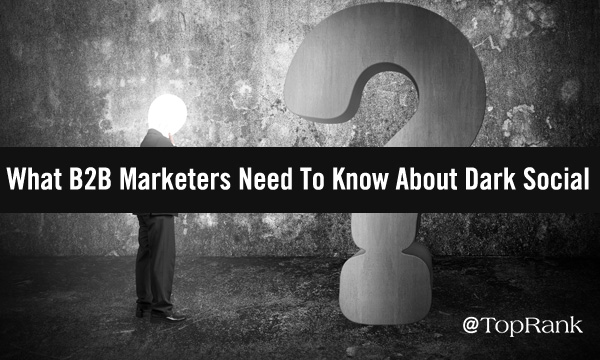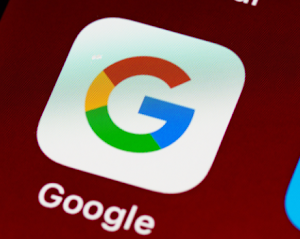Traffic’s Black Hole: What B2B Marketers Need To Know About Dark Social
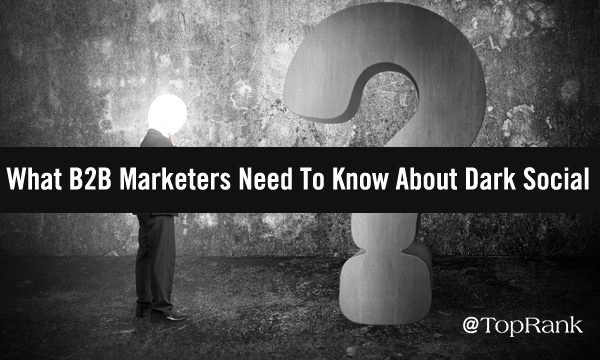
By Lane Ellis
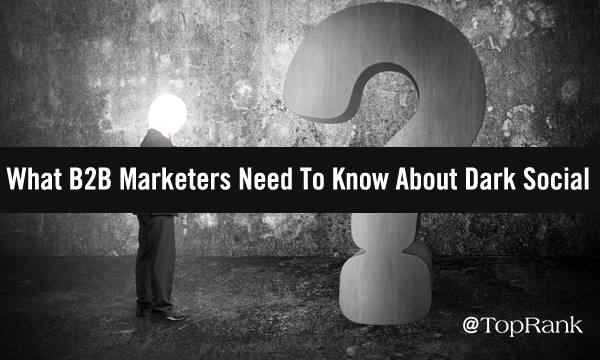
What do B2B marketers need to know about so-called dark social, and what are the best ways to manage and integrate unattributable site visitor traffic?
Is the old adage that any traffic is good traffic still true as we knock on 2022’s digital marketing door?
As we fall back for daylight saving time, let’s spring forward and take a look at these questions and more.
What Is Unattributable Traffic — a.k.a. Dark Social?
Historically, both dark social and the dark web have had somewhat muddled definitions, as each term has been used to mean both the unattributable segments of the online landscape and — quite differently — the unsavory portions of our Internet realm.
For our purposes, we’ll examine dark social as it relates to the difficulties most marketers face when it comes to trying to measure visitor traffic from largely unknown sources.
In our usage case, dark social simply refers to the way people share links to our content using private social channels, such as secure messaging apps — whether they originate from WhatsApp and its two billion global users, iMessage, Facebook Messenger, Signal, Slack, or the vast array of other alternatives.
Dark Social Isn’t New
First let’s take a look at how the popularity of the terms “dark social” and “dark web” have changed over time and in our digital lexicons.
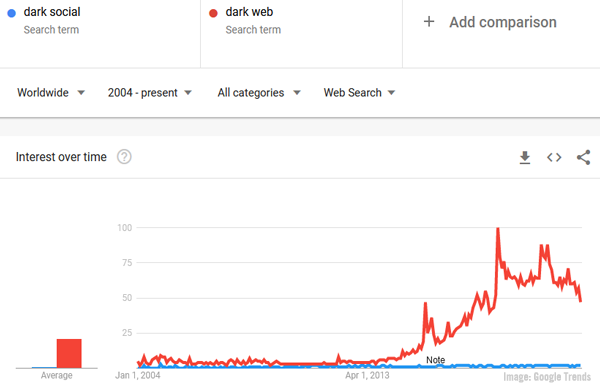
Clearly dark social hasn’t seen nearly the usage that the dark web has, yet dark social has endured as an ongoing puzzle for marketers and search engine optimization professionals alike.
The use of private messaging communication has increased worldwide, which means that more people are sharing links that don’t come from the traditionally measurable online public sources such as the major social media platforms, search engines, webmail, and easily-measured plain old web links.
While dark social isn’t new, the measurement challenges it presents may be growing in scope, however, as marketers are facing a new black hole where attribution data was once available, in the form of disappearing web browser cookie data and an increase in the number of folks using ad-blocking technology.
Disappearing Cookie Data & Increasing Ad-Blocking Form A New Measurement Black Hole
Between 1994 and 1996, as the web grew, so did the implementation of cookies — the bits of data used to keep track of who’s visited a particular website before — and as marketers we’ve seen their use explode over the intervening years, leading to the data privacy concerns and regulations that have grown over the past several years.
As the maker of the web’s most popular browser Chrome, Google’s decision this year to phase out its use of third-party cookies — those that go beyond simply tracking visitors on a single site — has undoubtedly caused substantial consternation among marketers.
While Google pushed back its timeline for implementing the third-party cookie cutoff until the later part of 2022, marketers are exceedingly likely to eventually face …read more
Source:: Top Rank Blog





